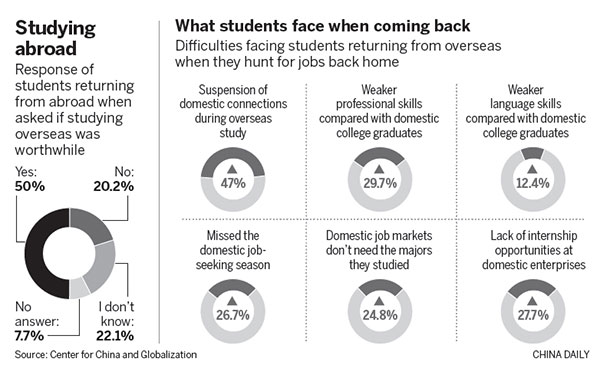Exploring the Benefits of Loan Forgiveness Programs for Student Debt Relief
#### Understanding Loan Forgiveness ProgramsLoan forgiveness programs are designed to alleviate the financial burden of student loans for borrowers who meet……
#### Understanding Loan Forgiveness Programs
Loan forgiveness programs are designed to alleviate the financial burden of student loans for borrowers who meet specific criteria. These programs are essential for individuals who have taken on significant debt in pursuit of higher education. By forgiving a portion or all of a borrower's outstanding loans, these initiatives aim to provide financial relief and encourage public service careers, teaching, and other vital professions.
#### Types of Loan Forgiveness Programs
There are various types of loan forgiveness programs available, each with its unique eligibility requirements and benefits. Some of the most common programs include:
1. **Public Service Loan Forgiveness (PSLF)**: This program is aimed at individuals working in public service jobs. After making 120 qualifying payments while employed by a qualifying employer, borrowers may have their remaining loan balance forgiven.
2. **Teacher Loan Forgiveness**: Teachers who work in low-income schools or subject areas with a shortage of qualified teachers may qualify for forgiveness of up to $17,500 on their Direct Subsidized and Unsubsidized Loans after five years of service.
3. **Income-Driven Repayment (IDR) Forgiveness**: Borrowers enrolled in income-driven repayment plans may have their remaining loan balance forgiven after making payments for 20 to 25 years, depending on the plan.
4. **State-Specific Programs**: Many states offer their own loan forgiveness programs aimed at attracting professionals to underserved areas, such as healthcare providers in rural communities.
#### Eligibility Requirements

To qualify for loan forgiveness programs, borrowers must meet specific criteria. Generally, these requirements include:
- **Employment in a Qualifying Field**: Many programs require borrowers to work in specific professions, such as teaching, nursing, or public service.
- **Loan Type**: Eligibility often depends on the type of loan. For example, only Direct Loans are eligible for PSLF.
- **Payment History**: Borrowers must demonstrate a consistent payment history, often requiring a certain number of on-time payments before forgiveness is granted.
#### Benefits of Loan Forgiveness Programs
The advantages of participating in loan forgiveness programs are significant:

- **Financial Relief**: Forgiveness programs can substantially reduce the amount of debt borrowers have to repay, providing much-needed financial relief.
- **Encouragement for Public Service**: These programs incentivize individuals to pursue careers in public service, which can lead to a more equitable distribution of essential services.
- **Improved Mental Health**: Reducing the burden of student debt can alleviate stress and anxiety, leading to better overall mental health for borrowers.
#### How to Apply for Loan Forgiveness Programs
Applying for loan forgiveness programs typically involves several steps:
1. **Research Eligibility**: Borrowers should thoroughly research the various programs to determine which ones they qualify for.

2. **Complete Necessary Documentation**: Most programs require specific documentation, such as employment verification and payment history.
3. **Submit Applications**: Once all documentation is prepared, borrowers can submit their applications to the appropriate loan servicer or program administrator.
4. **Follow Up**: After submission, it's crucial to follow up to ensure that the application is being processed and to address any issues that may arise.
#### Conclusion
Loan forgiveness programs offer a lifeline for borrowers struggling with student debt. By understanding the different types of programs available and their eligibility requirements, individuals can take advantage of these opportunities to achieve financial freedom. Whether through public service, teaching, or other qualifying professions, loan forgiveness programs play a critical role in shaping a more equitable and accessible education system. With careful planning and diligence, borrowers can navigate the complexities of these programs and work towards a debt-free future.